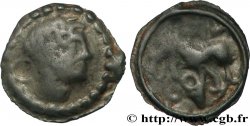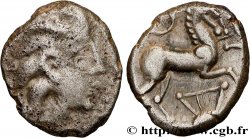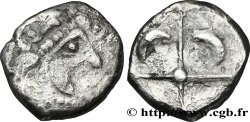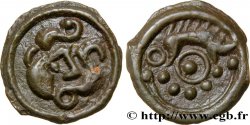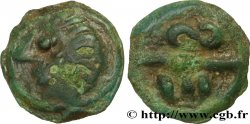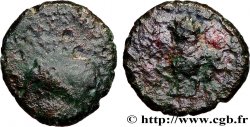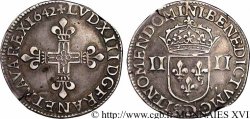v57_0435 - GALLIA - GALLIA DELLO SETTENTRIONALE - ÆDUI (BIBRACTE, Regione dello Mont-Beuvray) Statère en électrum au triskèle, type de Chenôves
MONNAIES 57 (2013)
起拍价 : 600.00 €
估价 : 900.00 €
未售出的物品
起拍价 : 600.00 €
估价 : 900.00 €
未售出的物品
种类 Statère en électrum au triskèle, type de Chenôves
日期: c. 70-50 AC.
铸币厂名称/城市 Autun (71)
材质 electrum
直径 16,5 mm
模子方针 9 h.
重量 6,44 g.
稀少度 R2
关于品相的说明
Statère frappé sur un flan court et très épais, avec des types complets et bien identifiables des deux côtés, mais de frappe molle ou issu de coins usés. Patine sombre et brillante, comme anciennement astiquée, avec un métal hétérogène et très fortement chargé en cuivre
正面
正面的文字 ANÉPIGRAPHE.
正面的说明书 Tête humaine laurée à gauche, la chevelure stylisée ; grènetis.
背面
背面的文字 ANÉPIGRAPHE.
背面的说明书 Cheval galopant à gauche ; au-dessus du cheval, l'aurige ; triskèle sous le cheval.
评论
Ces monnaies du type de Chenôves se divisent en trois types ; à la lyre (classe I), à la rouelle (classe II) ou au triskèle (classe III).
Ce statère de la classe III correspond exactement au DT. 3181. Un exemplaire de cette classe et provenant du trésor de Chenôves présente un cheval androcéphale (n° 11 du musée de Mâcon).
Cet exemplaire est particulièrement complet pour ce type !.
Ce statère de la classe III correspond exactement au DT. 3181. Un exemplaire de cette classe et provenant du trésor de Chenôves présente un cheval androcéphale (n° 11 du musée de Mâcon).
Cet exemplaire est particulièrement complet pour ce type !.








 对产品描述纠错
对产品描述纠错 打印
打印 分享我的选择
分享我的选择 提问
提问 Consign / sell
Consign / sell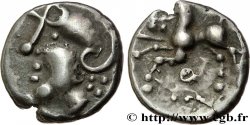
 产品介绍
产品介绍

